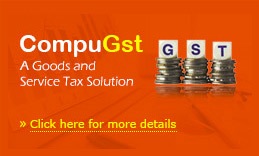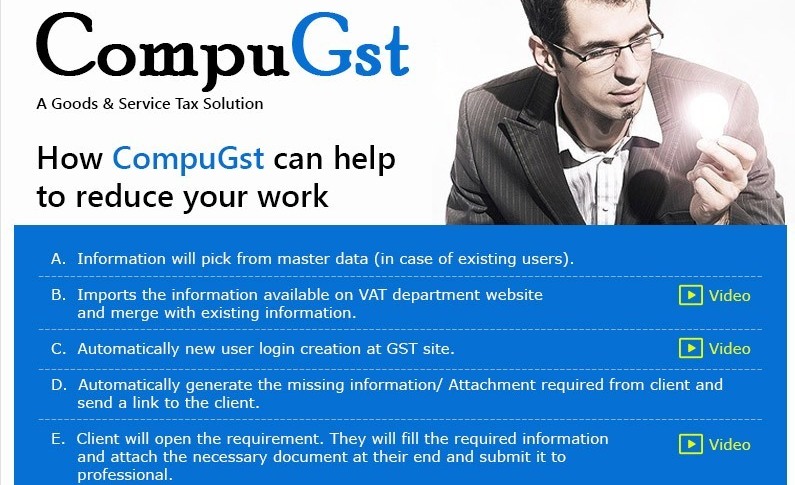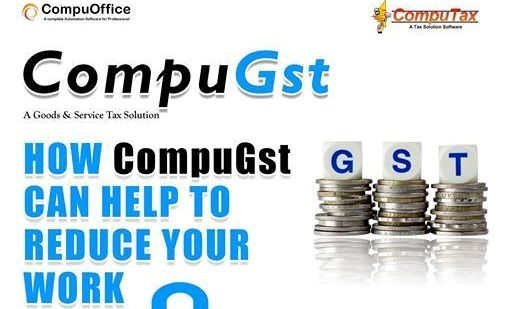A Goods and Service Tax Solution
View Combo Offer
₹7750+GST
₹00.00
- Authentication of returns through DSC/ e-sign incorporated.
- User management system for multiple logins with permitted access.
- Efficient support system to resolve all your queries / issues.
- Prepare, check and file returns in simple steps.
- Import data from Department website.
- View More
- Download 2B data for multiple months in under 2 Mins.
- Return filed/ pending. And Tally Reconciliation
- Communicate pendency to supplier and recipient via e-mail.
- Calculation of Tax Liabilities
- Automatic filing of registration/ Return forms at GST site.
1 Click auto-fill GSTR 3B with GSTR-1 & 2B data.



